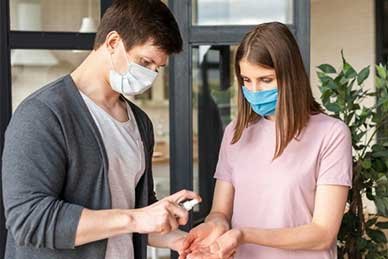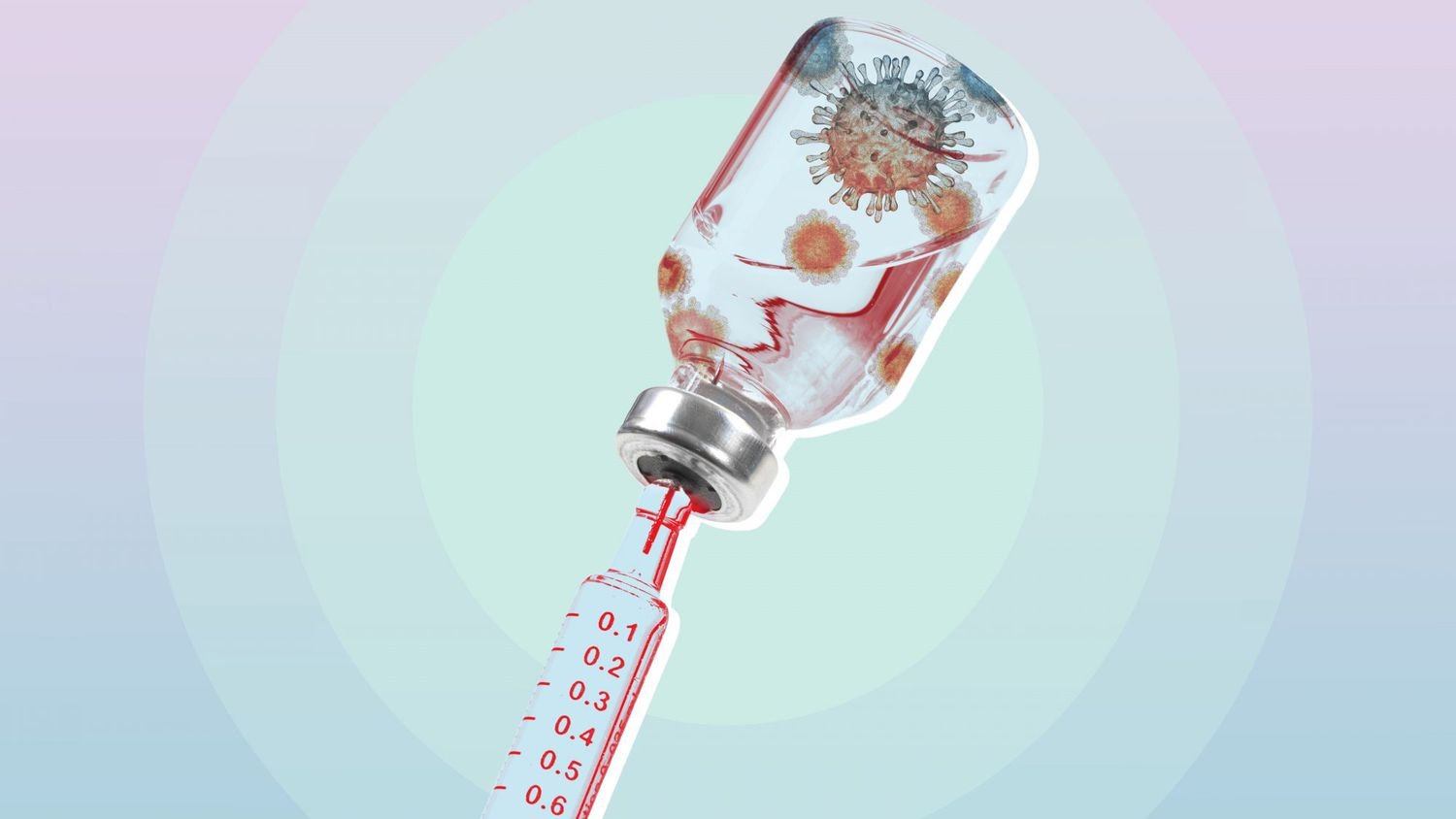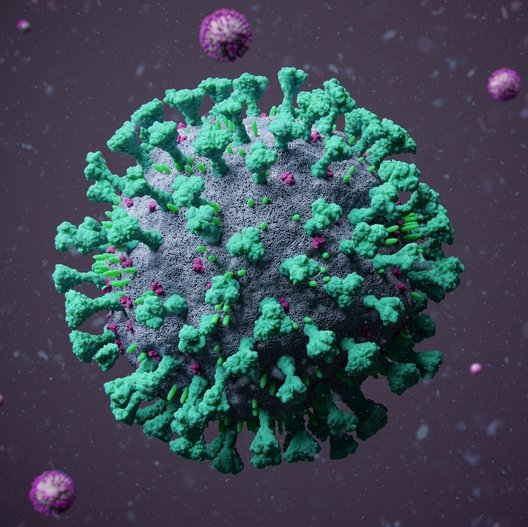What is COVID-19?
COVID-19 has taken a huge toll on the population worldwide in terms of major illness and death.
Many countries including Canada have now seen multiple waves of COVID-19, each causing a range of reactions to the virus.
Some people just developed mild symptoms, like a cough and cold, and feeling more tired than usual while others experienced very severe symptoms including admission to the intensive care and being placed on a ventilator, unable to breathe on their own. It has been recognized that the elderly and those with existing medical conditions, are at increased risk of having a severe outcomes such as hospitalization and death.


How does COVID-19 spread?
COVID-19 is spread by droplets and viral particles that are released into the air when an infected person breathes, talks, laughs, sings, coughs, or sneezes.
Larger droplets can fall to the ground within seconds, but tiny infectious particles can remain airborne and accumulate indoors, especially in crowded, poorly ventilated places. Therefore, facemask use, hand hygiene and isolation practices for persons infected with COVID-19 are essential to prevent transmission.










